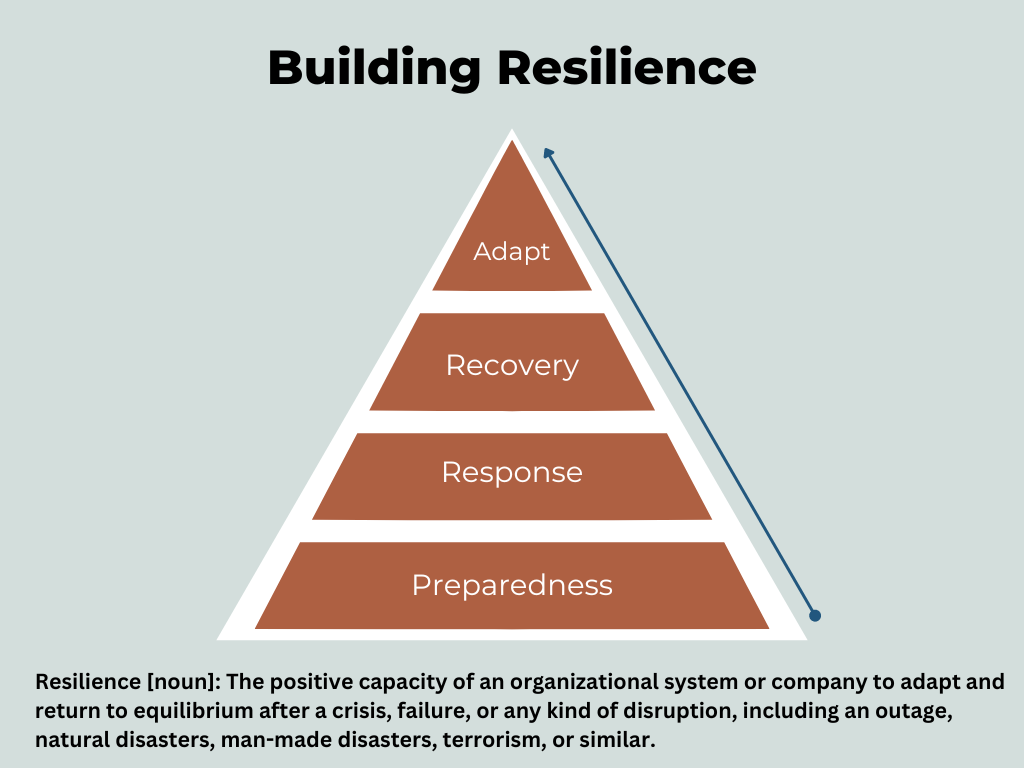
The Southwest Center for Occupational and Environmental Health (SWCOEH) supports the innovative and impactful work of the Prevention, Preparedness, and Response (P2R) Consortium, a large multi-site, multi-program training project funded by the National Institute for Environmental Health Sciences (NIEHS) Worker Training Program (WTP), develops and delivers preparedness training to workers and volunteers across the nation. Guided by a shared vision – to reduce work-related harm and improve disaster preparedness and response – and an external advisory board of devoted and experienced professionals, the P2R Consortium serves as a resource for workers, responders, and residents across the country with a targeted focus on the population of United States Department of Health and Human Services Public Health Regions 5, 6, and 8.
NIEHS P2R Consortium
Comprised of dedicated experts in risk management and safety disciplines critical to the nation’s health and well-being, the P2R Consortium includes two primary programs and a supplemental program.
- The Hazardous Waste Worker Training Program (HWWTP), launched in 2010, focuses on mitigating chemical and other hazards in routine work settings and in response to unintentional releases. The cornerstone of this training program is the 40-hour Hazardous Waste Operations and Emergency Response (HAZWOPER) course.
- The HazMat Disaster Preparedness Training Program (HDPTP), launched in 2015, promotes emergency preparedness of high-risk industries and places special emphasis on building the capacity of vulnerable communities to respond to environmental and work-related threats.
- In response to the COVID-19 pandemic, the P2R Consortium received a series of supplemental funds to mitigate the impact of the pandemic. One of those programs, called the El Paso COVID-19 Recovery Training Program, met its original three goals earlier than expected. The original goals were to (1) develop and deploy a tailored, on-site risk profile assessment tool to systematically quantify the SARS-CoV-2 transmission-related risks associated with site- and job-specific attributes, (2) identify and assign pertinent controls to mitigate the identified occupational risks, and (3) deliver targeted hazard mitigation strategies based on the hierarchy of controls framework to participating businesses. As the project progressed, the project team realized an opportunity to add two additional goals: to (4) implement a second phase of outreach to assess the impact of the program among the participating small businesses and (5) elicit information about professional experiences during and prior to project implementation, including the community’s response to community health workers as public health professionals. To conclude, the dedication and expertise of the P2R Consortium team has led to the following public health impact: a knowledgeable workforce and community with the skills and confidence to recognize and mitigate hazards, thereby protecting health and well-being.
At the Southwest Center for Occupational and Environmental Health (SWCOEH) we extend our support to all workers, businesses and communities affected by the global pandemic of coronavirus disease 2019 (COVID-19). Our bilingual SWCOEH COVID-19 Resources Website provides research, response and training resources, and other materials.
